Sling Inspection Criteria
All types of slings must be checked regularly and inspected for damages. When in doubt, a potentially defective sling must be removed from service and evaluated for repair or replaced. Below are some general inspection guidelines for various types of lifting slings.
For a proper evaluation, contact one of our sling experts for a comprehensive inspection audit.
Chain Sling Inspection Criteria
It is important both to inspect chain slings regularly and to keep a record of all chain inspections. Follow this guide for such an inspection system:
- Before inspecting, clean chains with a non-acid/non-caustic solvent so that marks, nicks, wear and other defects are visible. Inspect each link for these conditions.
- Twists or bends.
- Nicks or gouges.
- Excessive wear at bearing points.
- Stretch.
- Distorted or damaged master links, coupling links or attachments; especially those spread in throat opening of hooks. Mark plainly with paint each link or attachment showing any of the conditions listed here to indicate rejection; remove from service until properly repaired.
Wear Allowances of CM® Herc-Alloy 800 Chains
Measure cross section at link ends to determine wear. If chain is worn to less than the minimum allowable thickness, remove from service.
|
Size (Inches) |
Maximum Allowable Wear |
Minimum Thickness Allowable at Link Ends* |
|---|---|---|
|
7/32"(5.5mm) |
– |
11/64" (.171) inches |
|
9/32"(7.0mm) |
3/64" (.046) inches |
13/64" (.203) inches |
|
3/8"(10.0mm) |
5/64" (.078) inches |
18/64" (.281) inches |
|
1/2"(13.0mm) |
7/64" (.109) inches |
22/64" (.343) inches |
|
5/8"(16.0mm) |
9/64" (.140) inches |
|
|
9/64"(20.0mm) |
10/64" (.156) inches |
34/64" (.531) inches |
|
3/4"(22.0mm) |
11/64" (.171) inches |
40/64" (.625) inches |
|
7/8"(26.0mm) |
12/64" (.187) inches |
47/64" (.734) inches |
|
1"(32.0mm) |
16/64" (.250) inches |
58/64" (.906) inches |
*Applies to CM® Herc-Alloy 800 chain only.
Polyester Sling and Nylon Web Sling Inspection Criteria
Proper usage and knowledge of slings is an essential safety factor for all sling usage. Never use a lifting sling without inspecting it prior to each use. If you have any questions about slings or sling usage, give our rigging experts a call at 1-888-426-3755.
5.4.1 – Types of Inspection
Initial Inspection:
Before any new or repaired sling is placed in service, it shall be inspected to insure that the correct sling is being used, as well as to determine that the sling meets the requirements of this specification.
Frequent Inspection:
The person handling the sling each time the sling is used should make this inspection.
Periodic Inspection:
This inspection shall be conducted by designated personnel.
Frequency of Inspection should be based on:
- Frequency of sling use.
- Severity of service conditions.
- Experience gained on the service life of slings used in similar applications.
- Periodic inspections should be conducted at least monthly.
5.5 – Possible Defects
A sling shall be removed from service if any defects such as the following are visible:
- Acid or Alkali Burns
- Melting, Charring, or Weld Spatter on Any Part of the Sling
- Holes, Tears, Cuts, Snags or Embedded Particles
- Broken or Worn Stitching in Load Bearing Splices
- Excessive Abrasive Wear
- Knots in Any Part of the Sling
- Distortion and Excessive Pitting or Corrosion or Broken Fittings
- Other apparent defects which cause doubt as to the strength of the sling
- If Sling Rated Capacity or Sling Material Identification is Missing or Not Readable
Frequency of Inspection should be based on:
- Frequency of sling use.
- Severity of service conditions.
- Experience gained on the service life of slings used in similar applications.
- Periodic inspections should be conducted at least monthly.
5.6.1
Written inspection records, utilizing the identification for each sling as established by the user, should be kept on file for all slings. These records should show a description of the new sling and its condition on each subsequent inspection.
5.7.1
Only a sling manufacturer shall repair slings. When repaired by other than the original manufacturer, the sling shall be permanently marked to identify the repair agent.
5.7.2
All repaired slings shall be proof tested to two (2) times its newly assigned rated capacity, before being put back into service. Certification of proof test should be provided.
Our trained and experienced rigging experts are available to come to your workplace to conduct proper sling inspections, complete with written records.

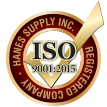

















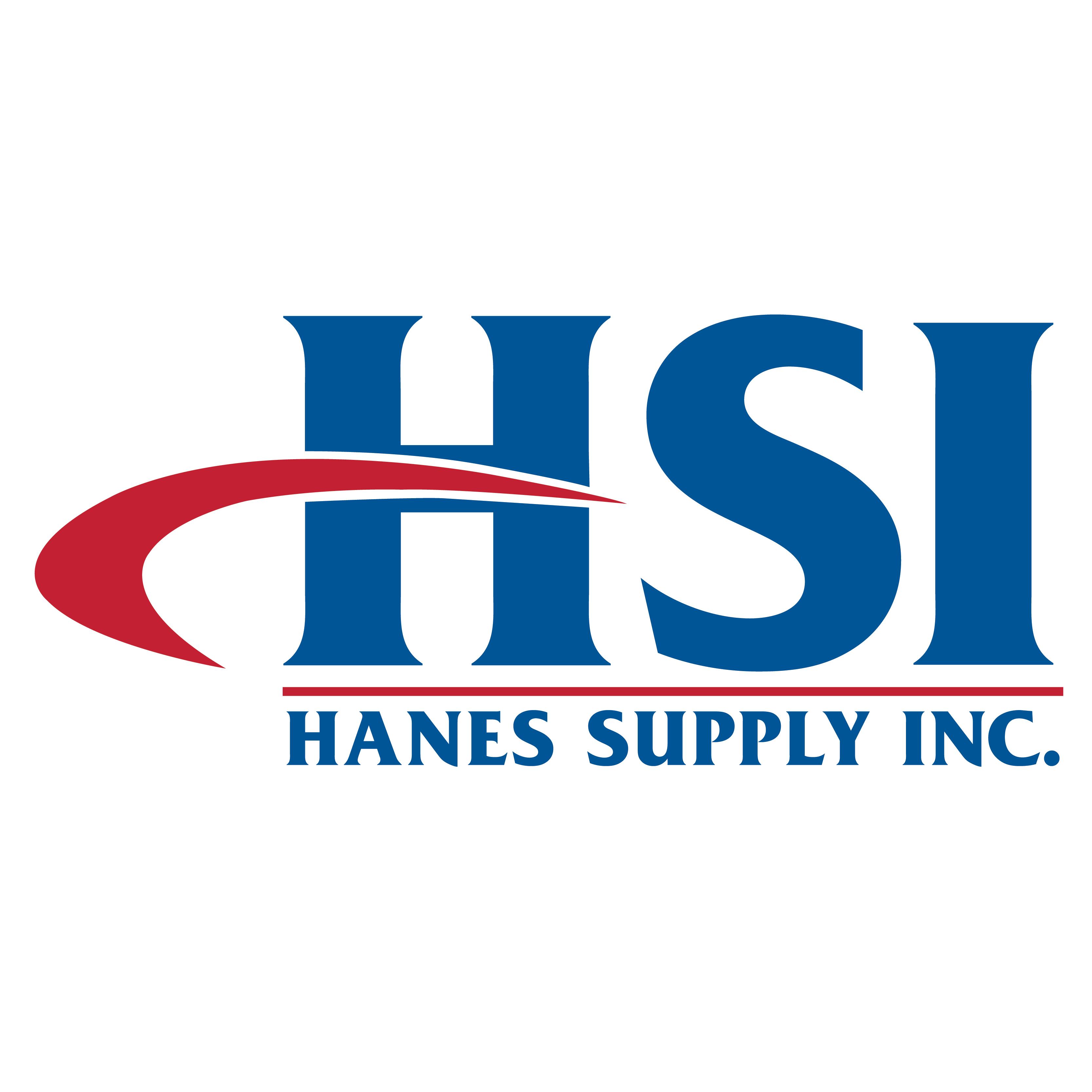


















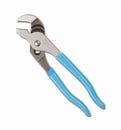 Channellock® 426 Tongue and Groove Plier, 7/8 in Nominal, 3/4 in L C1080 High Carbon Steel Straight Jaw, 6-1/2 in OAL
Channellock® 426 Tongue and Groove Plier, 7/8 in Nominal, 3/4 in L C1080 High Carbon Steel Straight Jaw, 6-1/2 in OAL
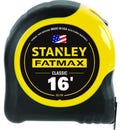 Stanley® 33-716 FatMax® Reinforced Tape Rule with BladeArmor®, 16 ft L x 1-1/4 in W Blade, Mylar® Polyester Film Blade
Stanley® 33-716 FatMax® Reinforced Tape Rule with BladeArmor®, 16 ft L x 1-1/4 in W Blade, Mylar® Polyester Film Blade
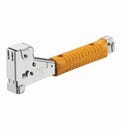 Arrow™ HT50 Professional Heavy Duty Tomahawk Hammer Tacker, Flat Crown Staple
Arrow™ HT50 Professional Heavy Duty Tomahawk Hammer Tacker, Flat Crown Staple
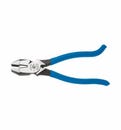 Klein® D2000-9ST 2000 Heavy Duty Rebar Work Cutting Plier, 9-3/8 in OAL
Klein® D2000-9ST 2000 Heavy Duty Rebar Work Cutting Plier, 9-3/8 in OAL
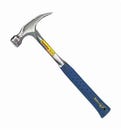 Estwing® E324S Framing Hammer, 16 in OAL, Smooth Surface, 24 oz Steel Head, Straight Claw, Steel Handle
Estwing® E324S Framing Hammer, 16 in OAL, Smooth Surface, 24 oz Steel Head, Straight Claw, Steel Handle
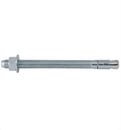 DeWALT® Power-Stud®+ Powers® 7449SD1-PWR Expansion Wedge Anchor, 3/4 in dia, 10 in OAL, 7-1/2 in L Thread, Carbon Steel, Zinc Plated
DeWALT® Power-Stud®+ Powers® 7449SD1-PWR Expansion Wedge Anchor, 3/4 in dia, 10 in OAL, 7-1/2 in L Thread, Carbon Steel, Zinc Plated
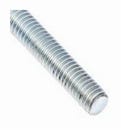 BBI® 777037 All Threaded Rod, 3/8-16, 12 ft OAL, Steel Alloy
BBI® 777037 All Threaded Rod, 3/8-16, 12 ft OAL, Steel Alloy
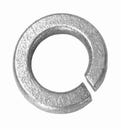 BBI® 754072 Medium Split Lock Washer, 1/2 in Nominal, 18-8 SS
BBI® 754072 Medium Split Lock Washer, 1/2 in Nominal, 18-8 SS
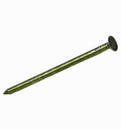 Primesource® 8CTDSKR Sinker Nail, 17/64 in, 2-3/8 in L, 9 ga, Vinyl Coated, Smooth Shank
Primesource® 8CTDSKR Sinker Nail, 17/64 in, 2-3/8 in L, 9 ga, Vinyl Coated, Smooth Shank
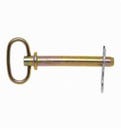 Campbell® T3899724 Hitch Pin, 1/2 in dia, 4-1/4 in L Usable, Forged Steel, Zinc Plated with Yellow Chromate, 5 Grade
Campbell® T3899724 Hitch Pin, 1/2 in dia, 4-1/4 in L Usable, Forged Steel, Zinc Plated with Yellow Chromate, 5 Grade
